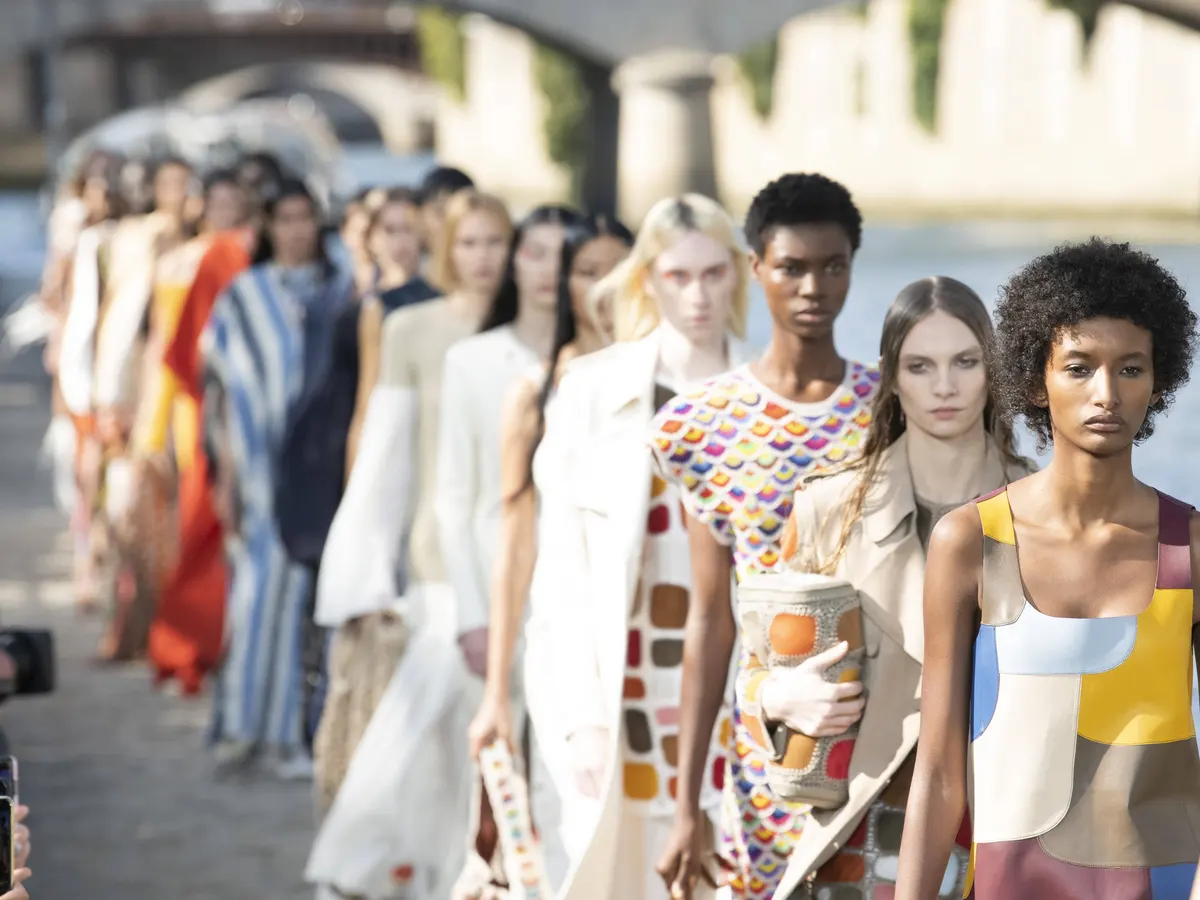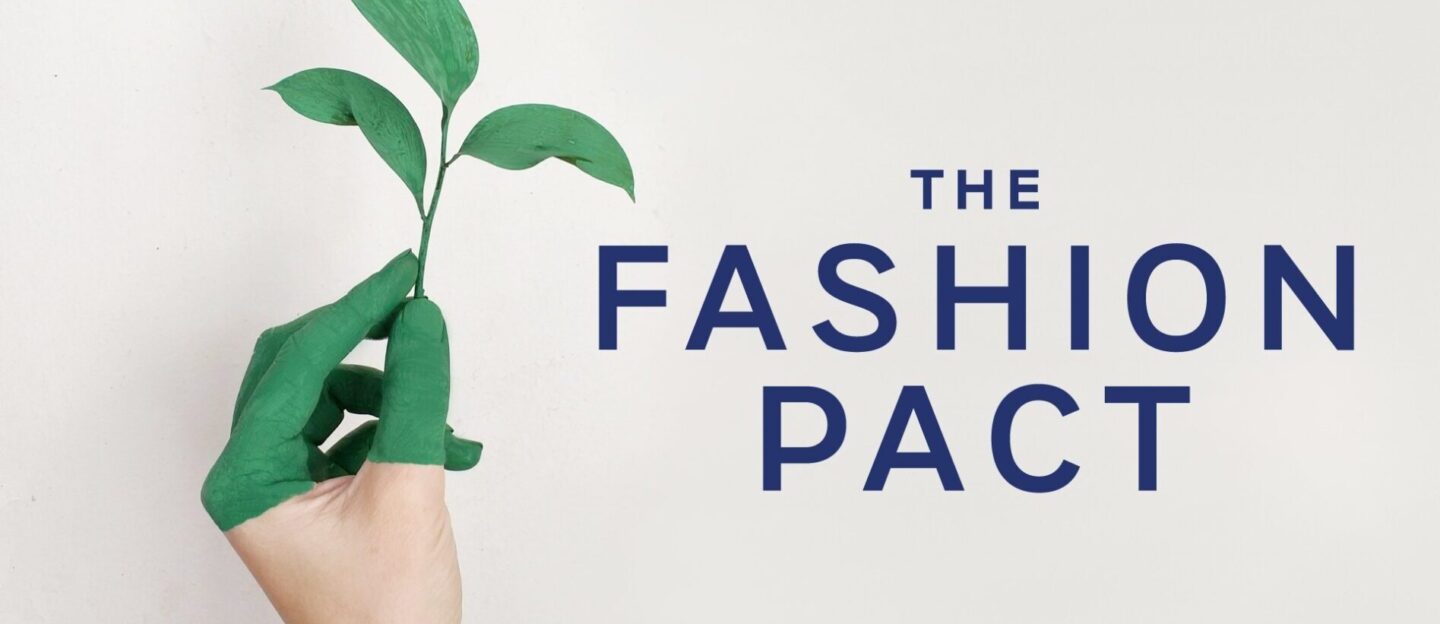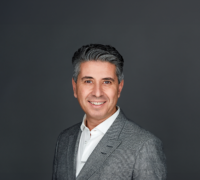
Artificial confidence: How LLMs undermine executive thinking
Professor Amar Bhidé challenges AI hype, arguing that LLMs flatter rather than enlighten and that executives must distinguish calculable risk from true uncertainty....
by Vanina Farber, Stéphane J. G. Girod Published August 21, 2023 in Luxury • 9 min read
Gabrielle “Gaby” Aghion launched Chloé in 1952. Steering away from the stiff formality of haute couture, Gaby’s first clothing collection was soft, feminine, and practical, termed “luxury prêt-à-porter.” Gaby led Chloé until 1985 when it was sold to Dunhill Holdings, which was later acquired by the Richemont Group. Today, Maison Chloé aspires to design for the confident, independent woman with an active lifestyle.
Riccardo Bellini joined Chloé as CEO in December 2019, shortly before the outbreak of the COVID-19 pandemic. For all the ensuing social and business chaos, the pandemic gave the company a chance to reflect on its sustainability efforts. According to internal research, 61% of Chloé’s customers wanted greater transparency on sourcing, while 93% wanted to see women of all sizes and ages in Chloé’s clothing.
As Riccardo explained, he and his team needed to figure out how to reinvent Chloé as a sustainable business, while staying true to the brand. “My fundamental belief is that it is our duty as a leader and agent of cultural change to reinvent or transform to solve the sustainability issue,” he explains. “We need to do this in a way that is truly rooted in the DNA and soul of Chloé.”
Like its competitors, the company has embraced the concept of sustainability, but Riccardo and the new Sustainability Director, Aude Vergne, wanted to accelerate Chloé’s purpose-led transformation. They were effectively supported when Gabriela Hearst, known also as an environmental activist, took the helm of Creative Director in late 2020.
Bringing on board both internal and external stakeholders, Aude formulated a plan that would put the company’s sustainability drive at the core of its three-year strategy. The project included a benchmarking analysis to understand Chloé’s market positioning in relation to its competitors. This was followed by an exercise to collect consumer insights into sustainability. Aude looked at consumer expectations around information on product labels, the website, and in boutiques, and sought a general sense of consumer sentiment about the topic.
In late 2020, after several months of preparation, Riccardo unveiled the Chloé Strategic Plan and the business’s new purpose. The objective of the plan, titled Women Forward. For a fairer future, is to have a positive impact on people and the planet. In terms of ESG, Chloé’s purpose focused on the S to impact the E, with an emphasis on women being a force for change.
Richemont did not have a purpose statement and viewed Chloé’s push for sustainability as a template for the Group. Similarly, Richemont agreed with the decision to work towards achieving B Corp certification in 2021 and to transition to a purpose-driven business model.

“My fundamental belief is that it is our duty as a leader and agent of cultural change to reinvent or transform to solve the sustainability issue.”
Becoming a B Corp would, however, mean Chloé had to significantly accelerate its sustainability efforts.
Chloé’s new purpose emphasized the importance of social sustainability. It included three main initiatives:
Chloé started to work with a community of 800 women in Kenya who wove baskets in the dry season to supplement their other earnings. Similarly, in collaboration with the United Nations High Commissioner For Refugees (UNHCR), the company started a production initiative with Afghan women in refugee camps in Pakistan.
The sustainability strategy would be carried out across four pillars: People, Communities, Sourcing, and Planet. Chloé set its own targets around these pillars, reflecting its new purpose. These were reviewed by experts and published for transparency. Riccardo explains: “It was really important to identify an action plan, with a priority timetable within each pillar. When one embeds sustainability at the core of the business model, it becomes more powerful and effective. It’s part of the essence of the company.”
On-the-ground initiatives kickstarted Chloé’s commitment to its new purpose. The company announced publicly that Chloé was aiming to become B Corp certified by the end of 2021. Partnering was seen as a way to increase impact at speed. In December 2020, Chloé joined the Fashion Pact, a global coalition of companies in fashion and textiles committed to achieving key environmental goals for systemic change. In January 2021, Chloé became a signatory to the UN Women’s Empowerment Principles.
For Sustainability Director Aude and her small team, the challenge was deciding where to focus and what to prioritize to achieve the sustainability targets. The first fair-trade capsule collection was launched in collaboration with the World Fair Trade Organization (WFTO) on International Women’s Day in March 2021.
One of the first areas of focus was governance. Aude explains: “The first thing we needed was a new governance [structure], because everything starts there. We agreed with Riccardo that sustainability had to be represented on the Chloé Exco [executive committee] to make us transparent and accountable.”
This focus on governance led to the creation of a Sustainability Board. This was set up in March 2021 with Riccardo, Gabriela Hearst and other senior leaders, plus two external advisors: Amanda Nguyen, social entrepreneur and CEO of the NGO Rise, and Elisabeth Laville, CEO and founder of Utopies, a French sustainability consulting company and the first French B Corp. The committee met twice a year to discuss purpose and ensure an overview of progress. Below them were four sub-committees, on People, Communities, Sourcing and Planet. These met monthly and were made up of people drawn from across the company.
In a push that Gabriela Hearst personally spearheaded, the sourcing team focused on ethical, responsible sourcing. They were also looking to build expertise in raw materials to understand which lower-impact materials they could use and the advantages and disadvantages of each.

“In December 2020, Chloé joined the Fashion Pact, a global coalition of companies in fashion and textiles committed to achieving key environmental goals for systemic change.”
This knowledge would help them to make more informed choices during product design, indicating that sustainability can be also driven from the design table. For example, was it better to use organic virgin cotton or dead stock? (Organic virgin cotton requires lots of water and pesticides but a shorter transport journey; dead stock requires energy-intensive processes to recycle and transport but is more circular.)
These trade-offs were not easy to make and, as Christophe Bocquet, Director of Quality, Customer Service and Product Compliance explains, equipping employees with the right tools was essential to making it work. “It’s not easy to say whether it is better to use organic cotton, recycled cotton or dead stock. That’s a good question that requires a lot of science and technology,” he confirms. “Hence, tools are vital to guide people.”
Hearst pushed the production team to opt for more sustainable materials, while ensuring that the aesthetic and feel of products were synonymous with luxury. Her first full collection for Chloé featured more than 80% recycled cashmere and more than 50% organic silk. These choices had strategic implications on the upstream activities of sourcing and production and the associated key performance indicators (KPls), as well as the downstream activities of consumer awareness and marketing.
To avoid over-production and reduce the number of unsold garments, Chloé also started to cut the size of its seasonal collections to give more space to permanent collections. The production of those garments could be better anticipated, and transport could be shifted from air to sea.
A significant part of accelerating sustainability and embedding the new purpose was to involve Chloé employees at all levels. Culture was expressed through the brand values that went into creating the “Chloé Attitude.” This also involved fostering a new cultural awareness during daily activities.
The business launched a sustainability training program with modules tailored to the requirements of each team. There was a three-level approach, which involved basic corporate social responsibility (CSR) training, updates through conferences, and training from internal experts. On top of this, as part of the talent-management process, it became mandatory for at least 5% of all bonuses to be linked to performance on CSR metrics. This percentage climbed as high as 100% for employees in CSR positions and employees were invited to propose their own CSR objectives to their managers.

Every March, Chloé conducts an employee engagement survey. In 2021, the survey included questions about the Women Forward purpose. The responses were resoundingly positive: the purpose was clear, motivating employees, and 85% agreed that Chloé was positioning itself for positive impact.
In less than two years, Chloé had gone from having limited sustainability practices to embedding sustainability into its operations. The B Corp path required the company to rework governance and conduct considerable due diligence into all its operations and infrastructure.
For Chloé, instilling purpose in its workforce and embedding sustainability at the core of the business model was a powerful statement and a way to sustain Gaby Aghion’s vision of creating long-lasting products imbued with a relaxed elegance. Nevertheless, for CEO Riccardo Bertelli, the work towards sustainability has only just begun.
“What defines success? I think, beyond the traditional performance exercise, we can create a more sustainable business at scale. We can combine growth with a model that generates a positive contribution – not just a reduction in environmental footprint but also measuring social value.”
Listen to customers. Nearly two-thirds (61%) of Chloé’s customers wanted more transparency on sourcing. This was a catalyst for Riccardo to accelerate Chloé’s sustainability strategy through a purpose-driven approach.
Embed your sustainability strategy into the business model. A sustainability strategy only becomes truly effective when it is integrated into the overall business model and company purpose. The sustainability strategy would act across four pillars, which were aligned with the four pillars that Richemont implemented. Chloé set its own targets around these pillars, which reflected its new purpose.
Sustainability transformation is a journey based on coalitions. Research shows that, despite Chief Sustainability Officers avoiding irresponsible corporate behaviors, they cannot create the full conditions of sustainability on their own. The Chloé example illustrates how, from the CEO to the various functional heads, including the creative director, everyone needs to commit towards delivering the sustainability agenda.
Tools are vital to guide people. When deciding on materials for products, equipping employees with the right tools is essential to their making informed, smarter choices around which are the most sustainable.
Let your employees own their objectives. Employees proposed their own sustainability-related objectives. This allowed employees to focus on something they truly care about, generating passion for the cause and leading to success with sustainability initiatives.
Action rather than words. Creative Director, Gabriela Hearst, ensured that her choices and actions were fully aligned with Chloé’s sustainability strategy. She brought Chloé’s new mission to life by challenging the status quo and pushing the production team to opt for more sustainable materials.
The planned departure of Gabriela Hearst in September 2023 will not change much to Chloé’s commitment to sustainability. The brand has enjoyed a powerful revival and Hearst is part of a movement in fashion, which includes Stella McCartney and Balenciaga, where sustainability is anchored right from the artistic creation.

elea Professor of Social Innovation, IMD
Vanina Farber is an economist and political scientist specializing in social innovation, sustainability, impact investment and sustainable finance. She also has almost 20 years of teaching, researching and consultancy experience, working with academic institutions, multinational corporations, and international organizations. She is the holder of the elea Chair for Social Innovation and is the Program Director of IMD’s Executive MBA program and IMD’s Driving Innovative Finance for Impact program.

Professor of Strategy and Organizational Innovation
Stéphane J.G. Girod is Professor of Strategy and Organizational Innovation at IMD. His research, teaching and consulting interests center around agility at the strategy, organizational and leadership levels in response to disruption. At IMD, he is also Program Director of Reinventing Luxury Lab and Program Co-Director of Leading Digital Execution.

November 24, 2025 in CEO Circle
Professor Amar Bhidé challenges AI hype, arguing that LLMs flatter rather than enlighten and that executives must distinguish calculable risk from true uncertainty....

May 21, 2025 • by José Parra Moyano in CEO Circle
In more mature stages of Artificial Intelligence (AI) adoption, AI agents are an integral part of business operations, bringing new layers of complexity and enormous opportunity, says José Parra Moyano....

February 24, 2025 • by Michael R. Wade in CEO Circle
Business leaders need to ensure that their organizations consider all AI-related decisions and operations through an ethical lens, warns IMD’s Michael Wade....

September 11, 2023 • by Johan Bjuregård, Peter Ingman in CEO Circle
Intriguing innovation has opened up a “third space” to combine the advantages of the office and homeworking environments, suggest Johan Bjuregård and Peter Ingman, Co-Founders of Flowpass....
Explore first person business intelligence from top minds curated for a global executive audience